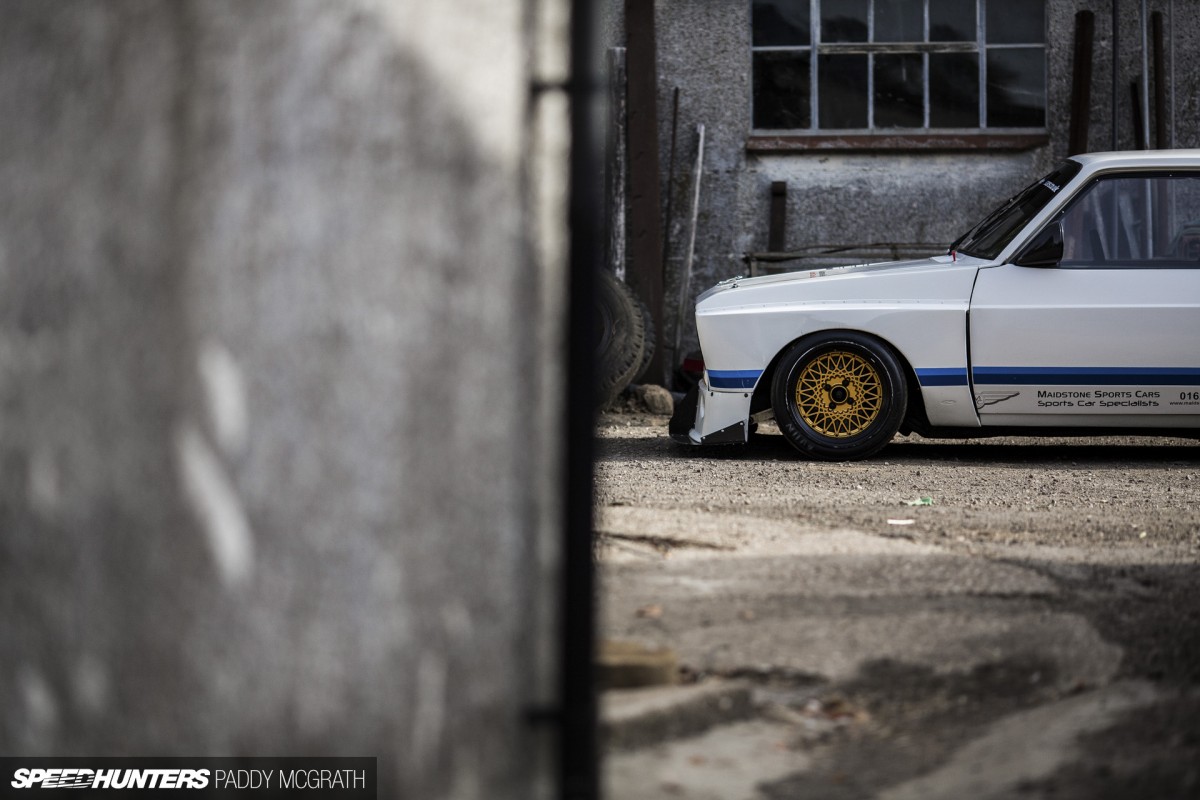
Continuing our series of photography guides, this one sort of picks up where Larry left off with his excellent feature car guide. Any of you who frequent our #IAMTHESPEEDHUNTER posts will know I have a tendency to harp on about how we all see things differently. It is true though and it’s this art of ‘seeing’ that separates the guy who happens to own a DSLR and the very best photographers of each generation.
Despite what some may say, this art of looking isn’t a natural gift that you are born with (although maybe some are to a certain extent) but it’s something we can learn and develop throughout our lives. When was the last time you approached your subject and really took the time to look over each and every detail? Instead, and I’ve been guilty of this too, we often get over excited and just start snapping away and before we know it, we’re sat in front of our computers cursing missed opportunities.
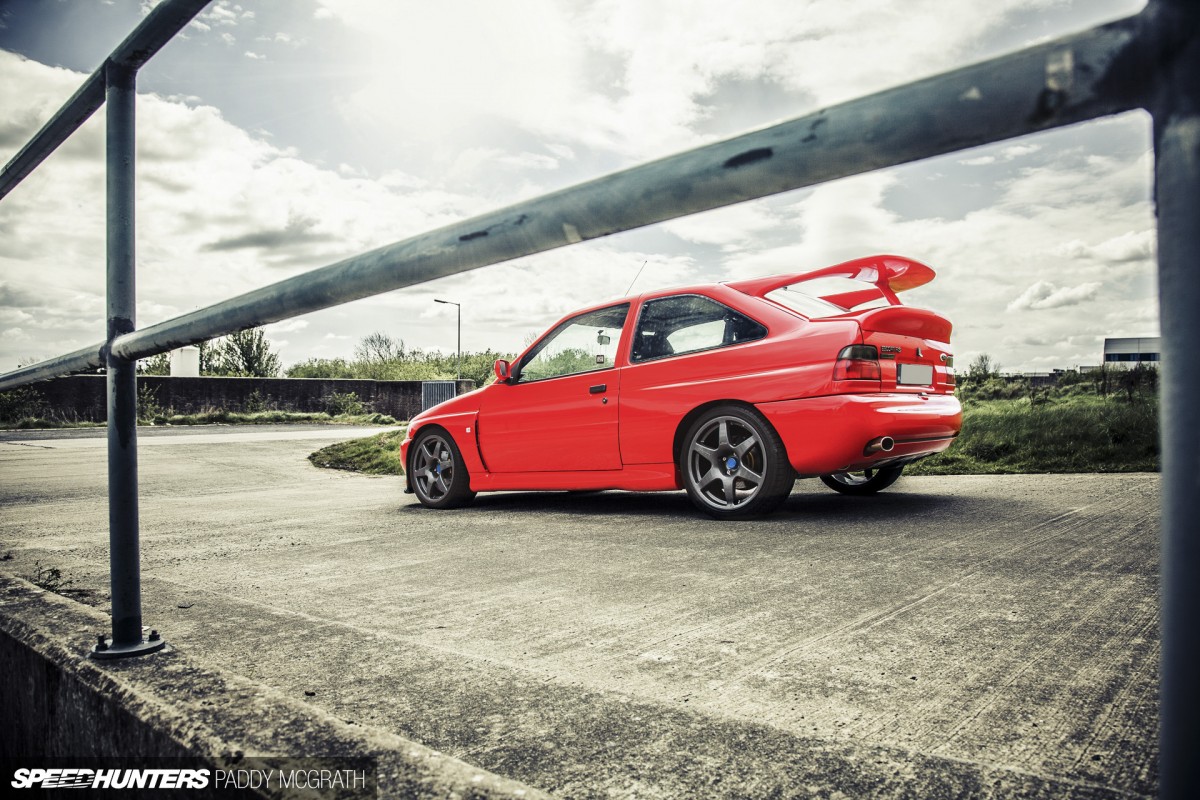
There are countless guides on composition across the web, covering everything from the rule of thirds to the golden ratio. I personally find these theories a little bit dry and would be critical of anyone who takes them as gospel. They are fine as a base to learn from but there is something much more important when it comes to how you frame a photograph…
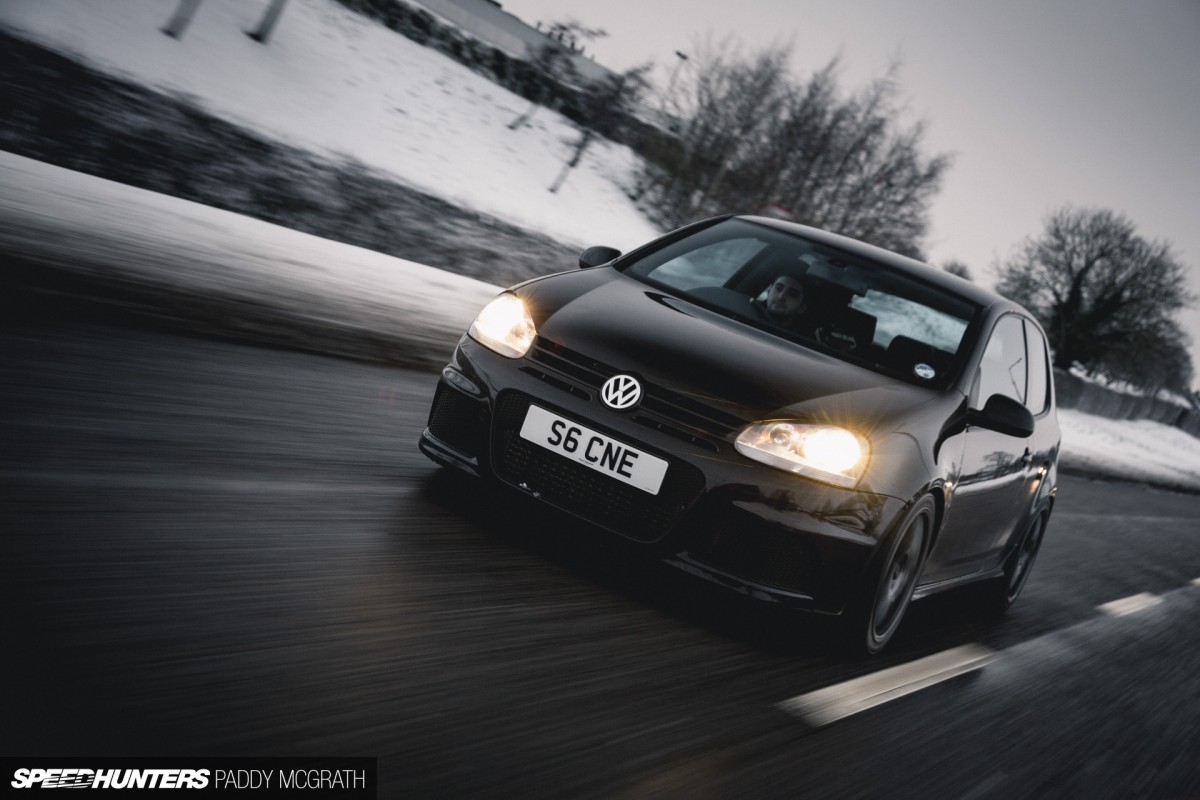
Your gut. If you take a shot and upon review find that it makes you even the slightest bit uncomfortable, scrap it and recompose. Learning to trust your instincts about what good and bad look like will go a long way towards your development as a photographer.
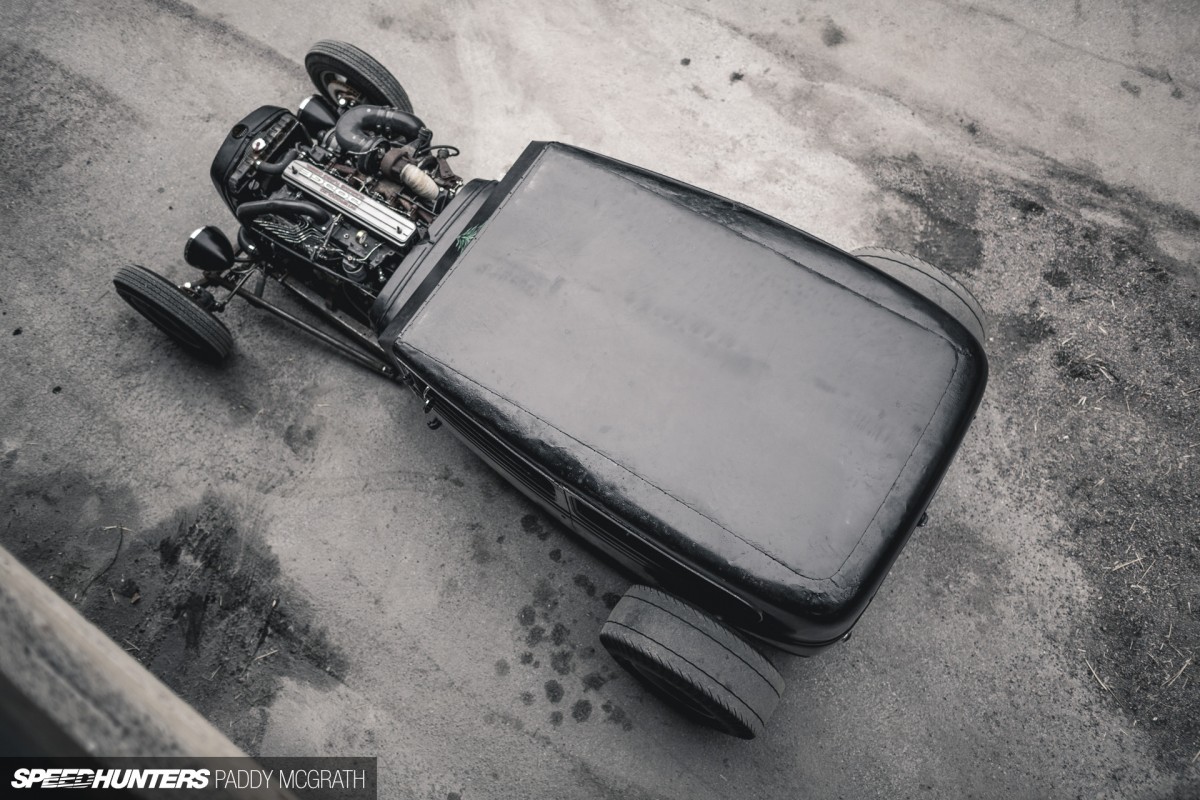
As Larry quite correctly wrote, you’ve absolutely got to move about. Work the location to seek out a vantage point that a lesser photographer would miss. There’s nothing more infuriating than looking at a set of photographs where the photographer had all the opportunity in the world, but instead was happy to randomly park the car somewhere and just walk around it taking pictures. It stinks of laziness. Fair enough, there are occasions where a car is immobile for whatever reason but you can always try to mask that with varied lens choices and working the location over and over again.
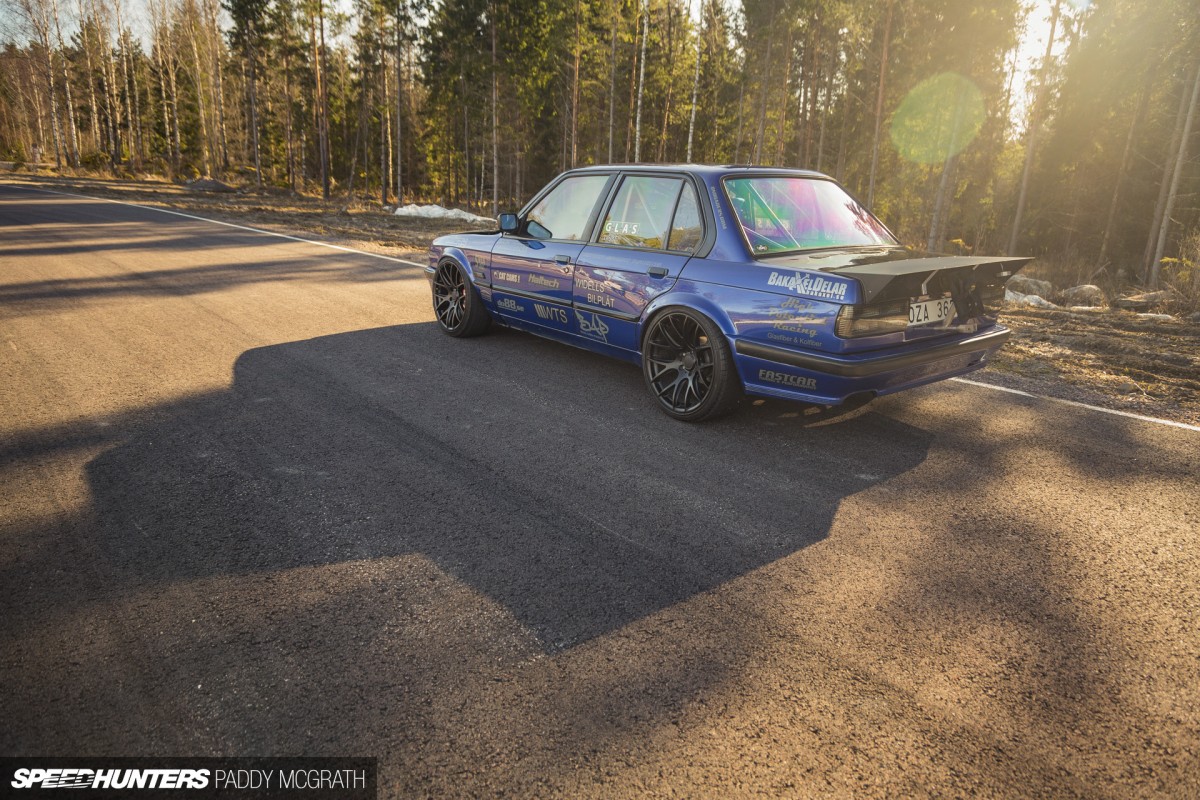
When you’re out shooting next, try this simple exercise: find an angle you like and shoot it from a standing position. Now, try crouching and shooting from the same angle but lower. Now, try lying down and when you’re finished, try standing on your tippy toes to get above the car as much as possible. See the difference?
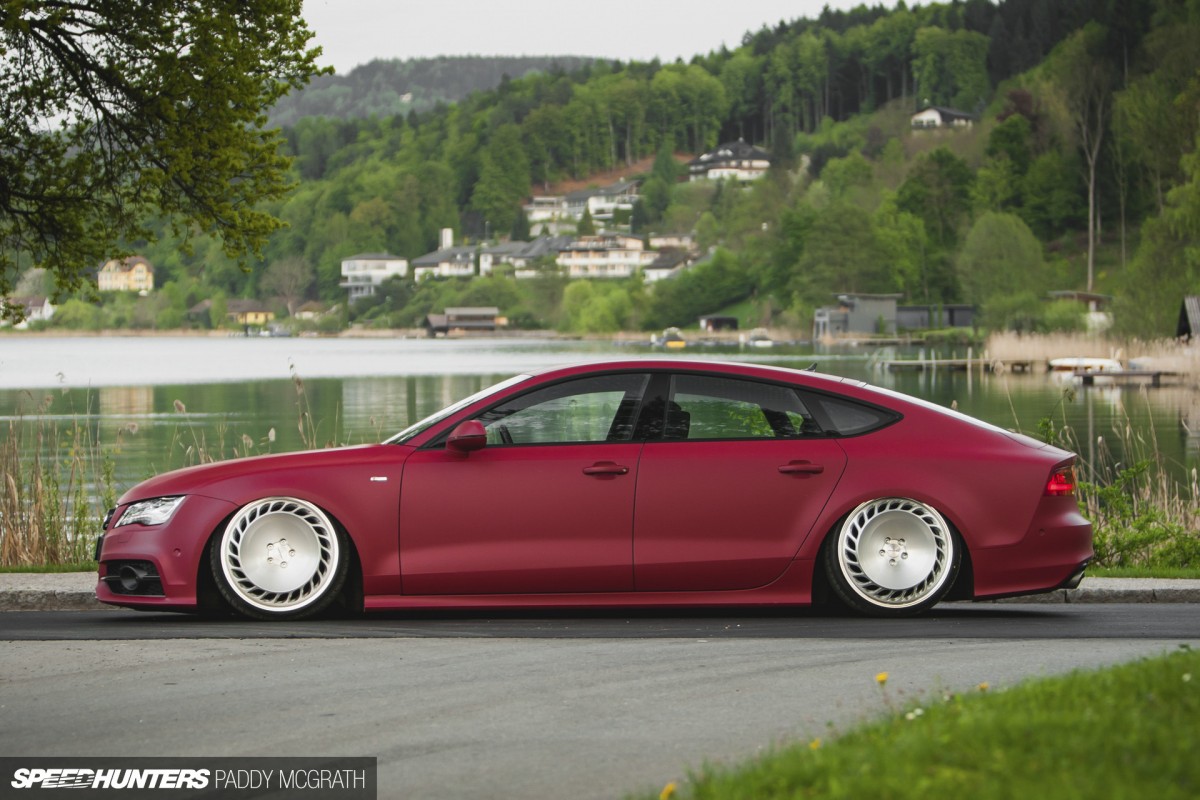
You can try a similar routine if you’re shooting with a zoom lens. Compose your shot and then zoom as tightly as you can go before in turn shooting as wide as possible. You’ll quickly realise how much shot variety you were missing out on before. These can both be done without even moving an inch in another direction.
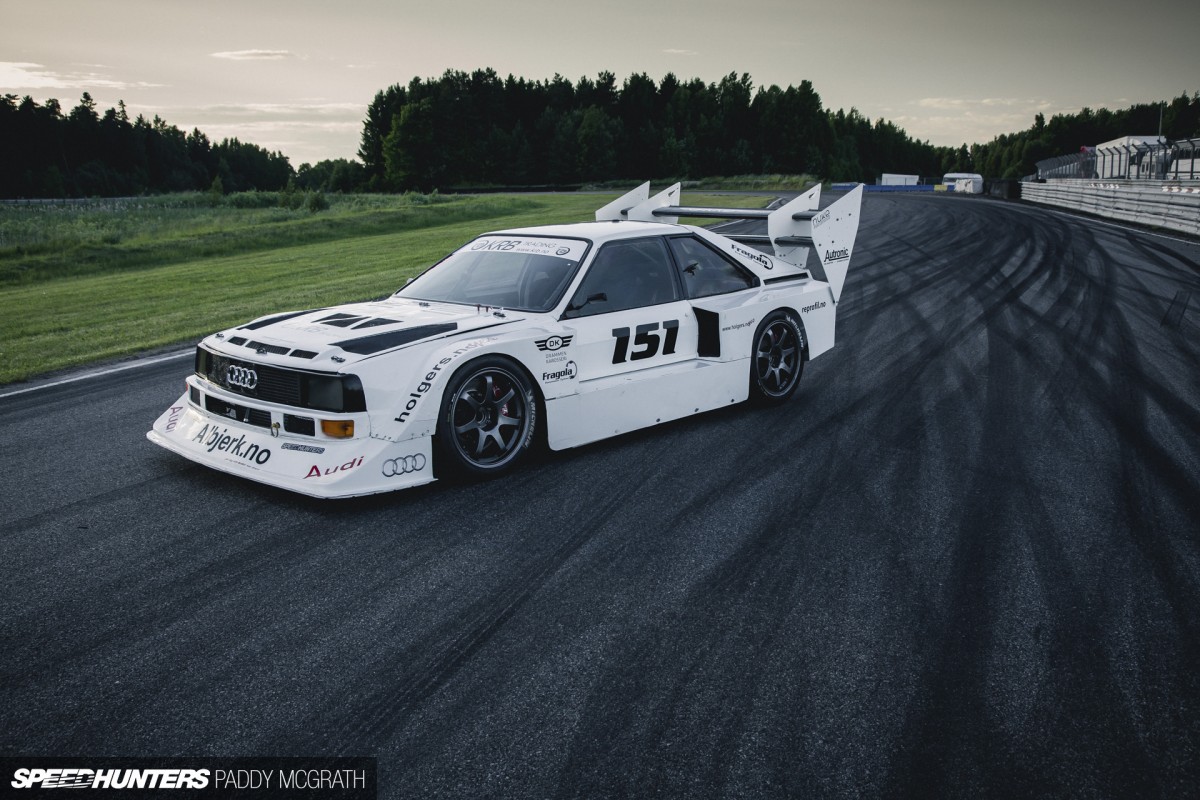
Coming from a graphic design background and with experience in the print industry, I’m quite conscious of what framing would be best for the person who has to lay that particular photograph out in print.
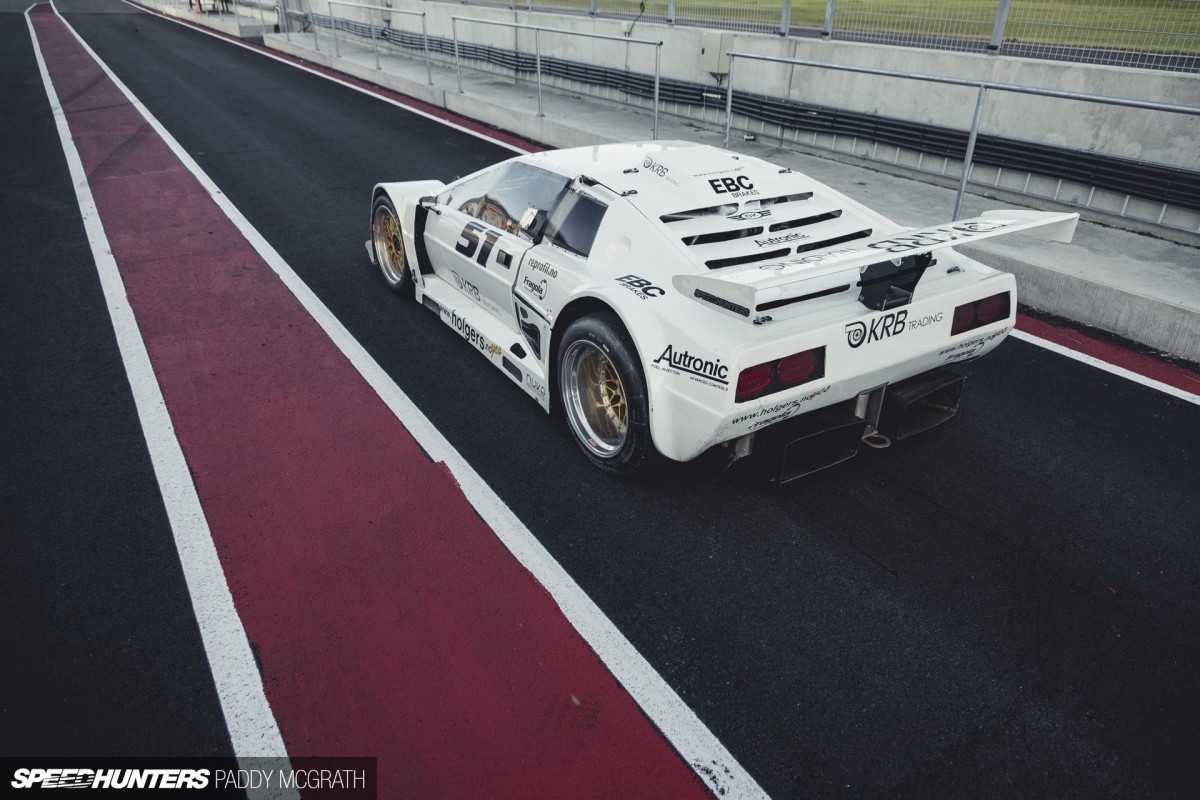
I’ll often shoot multiple shots of the same pose but with the car in different corners of the frame to give the designer more flexibility, even though I don’t really work in print a whole heap any more. I like to think that somewhere, there’s an imaginary designer who’s immensely pleased with the options available for him or her.
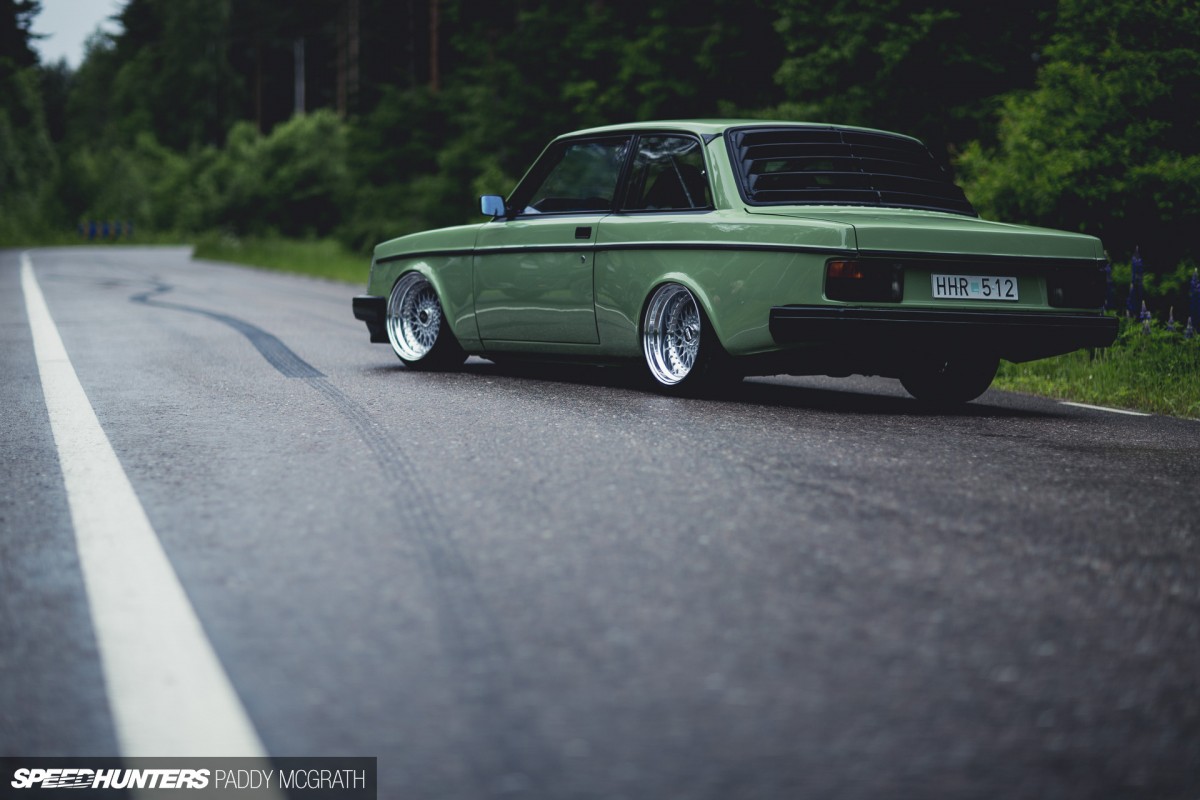
Try to find a place in your frame where the subject feels like it’s balanced. Always be conscious of your fore and backgrounds too.
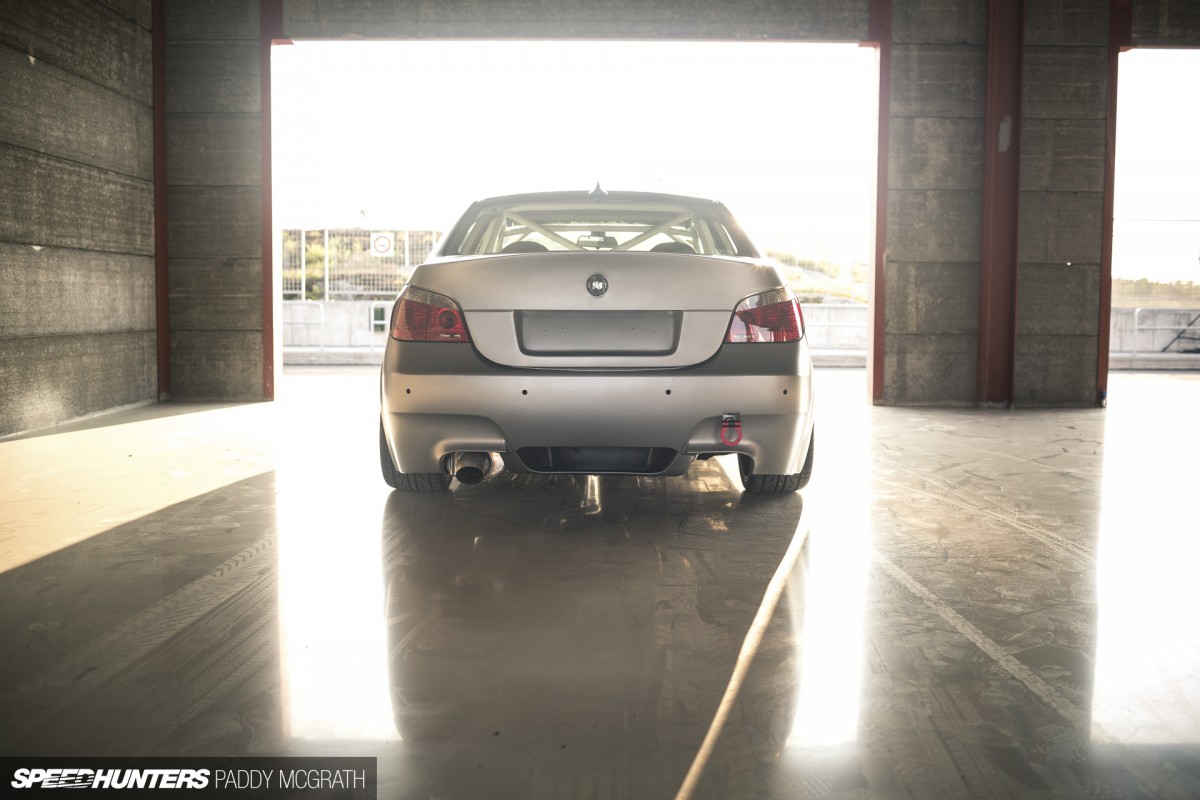
But instead of worrying to the point of obsession about what is technically right or wrong, stick with your instincts and what you feel is right. If you have confidence in your work, others will feel it too.
Use the foresight Luke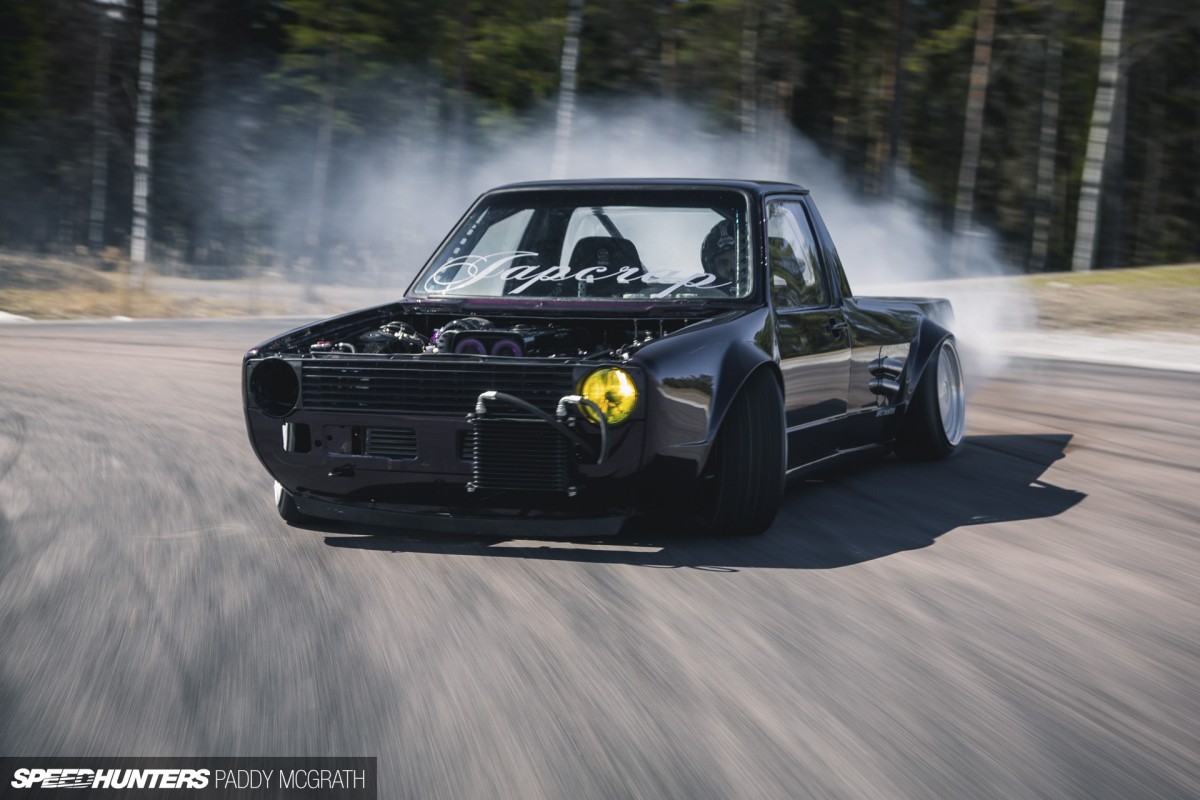
Similar principles apply to when cars are moving around you but sometimes the most difficult factor is just trying to keep the car in the frame at all.
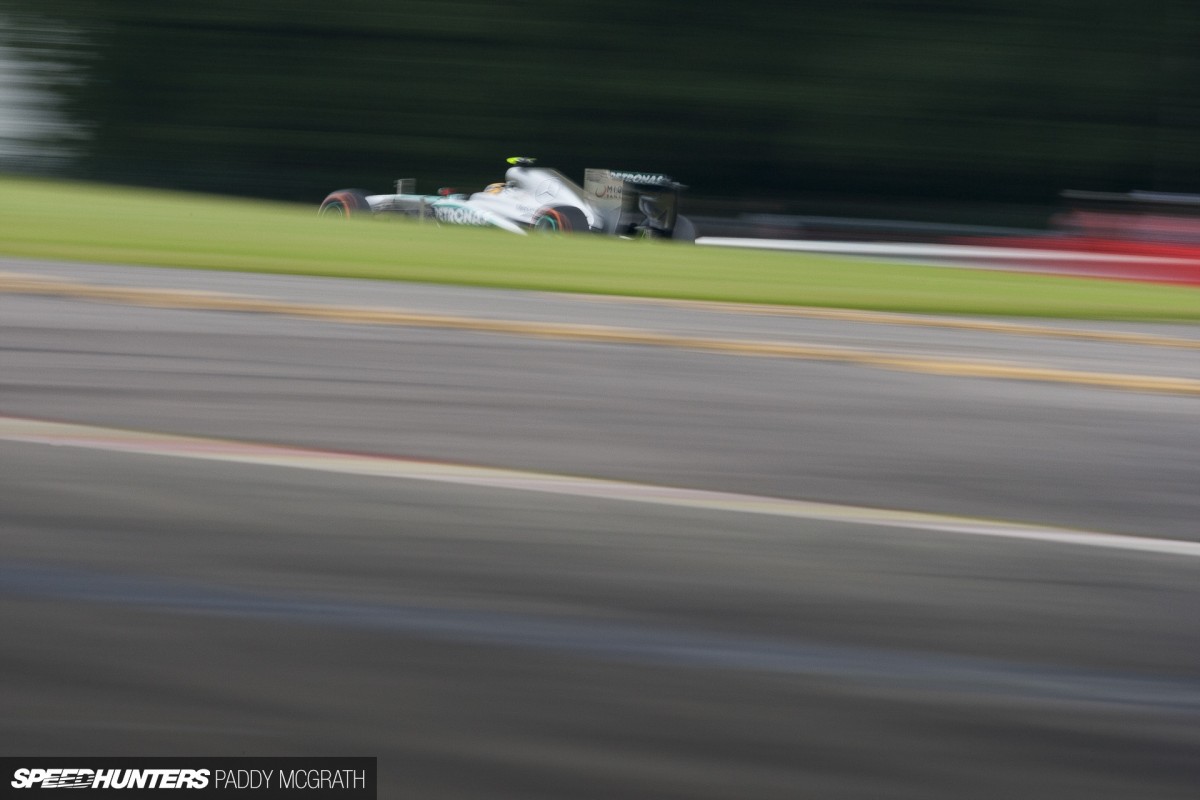
With motorsport, you don’t have the luxury of controlling every aspect of the image. After all, the drivers aren’t too concerned if you get a nice photograph of them or not. Lap times come first.
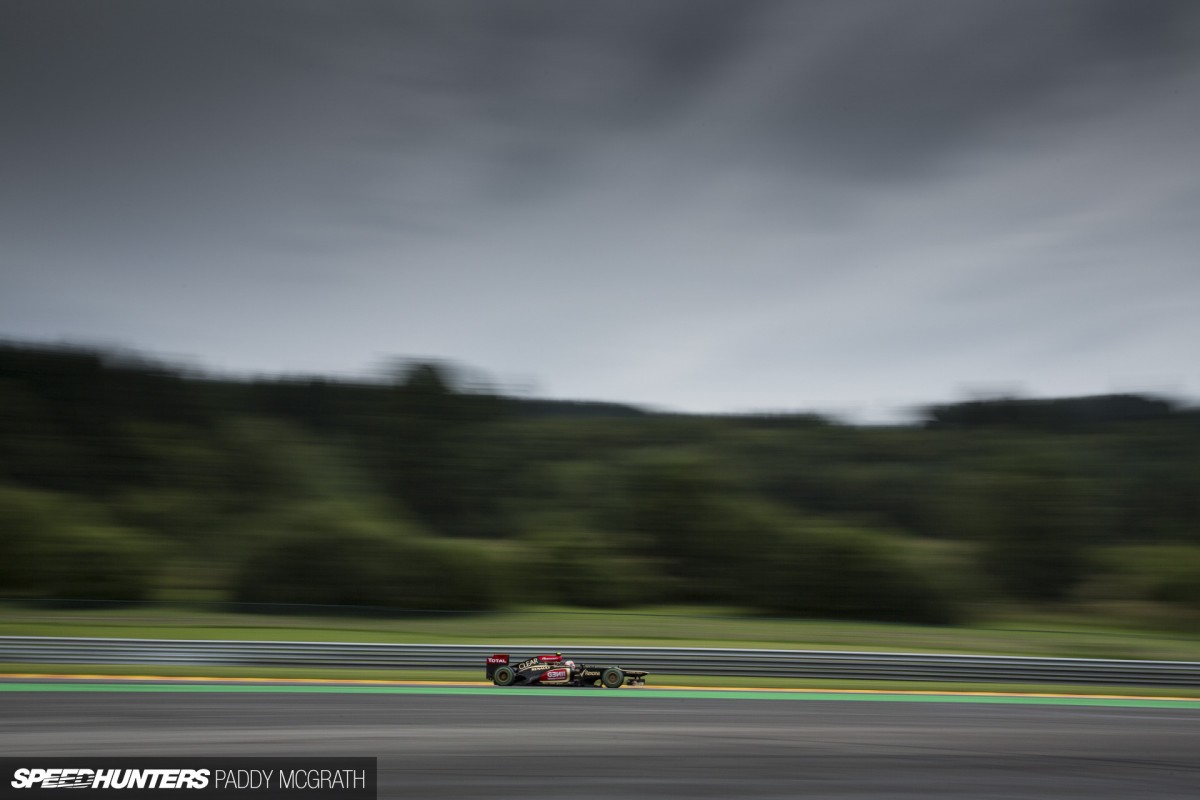
However, you can still mix things up enough to retain creative control of the situation. You can still vary between wide and tight framing, where you place the car in the frame and generally speaking you can still move about to try different points of view.
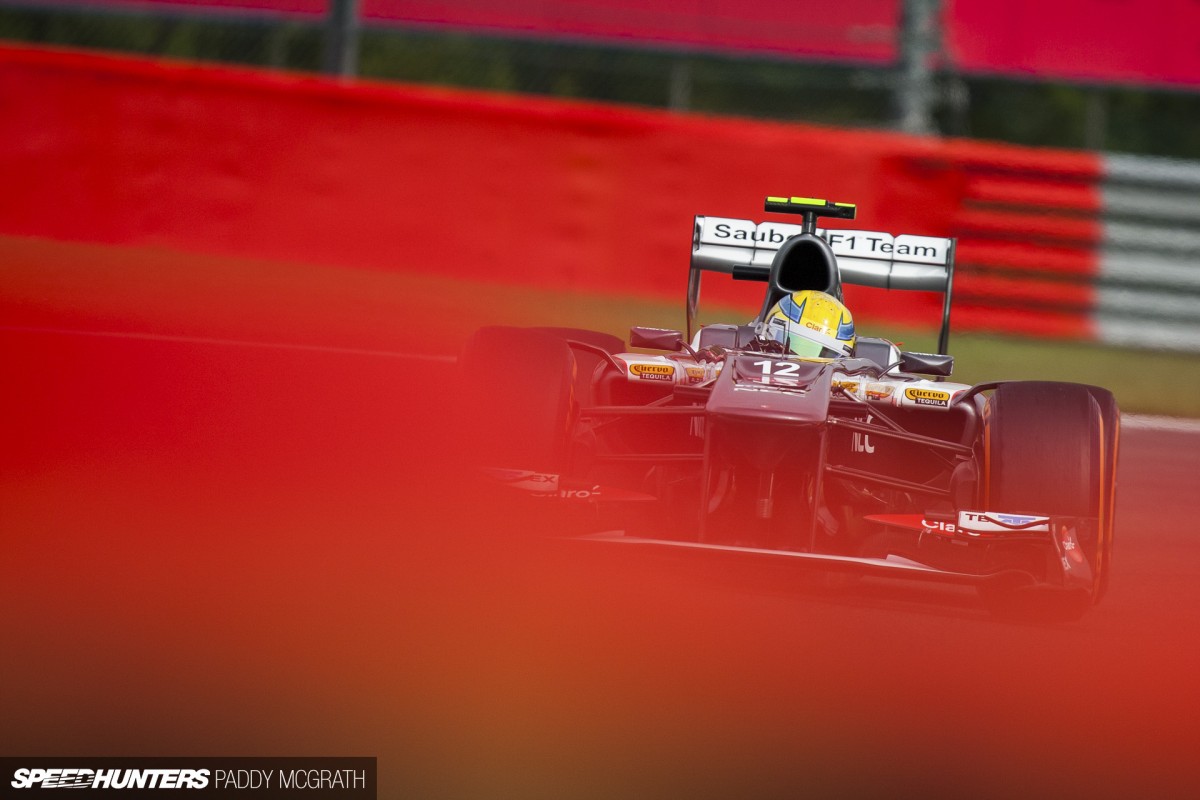
What you can do with motorsport and moving cars in general that you can’t do with static shots is vary the amount of motion that you capture. From stopped dead to bending space and time into one magnificent blur, it’s an extra tool in your arsenal of shooting cars.
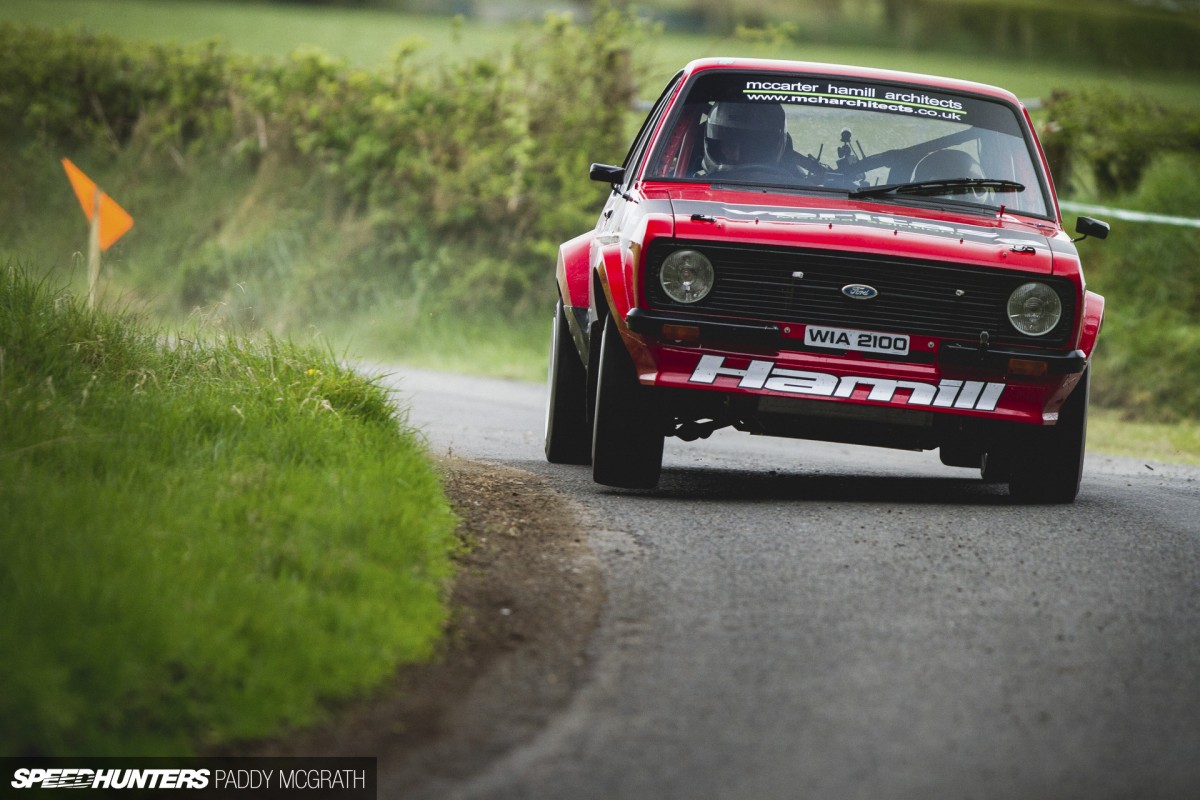
As is often the case with action photography, you will have to envisage your photograph in advance as the cars will more often than not appear into frame and vanish again before you can even tell what colour they were. It’s with experience that you will then start to understand which corners are best suited to the type of shots you wish to capture.
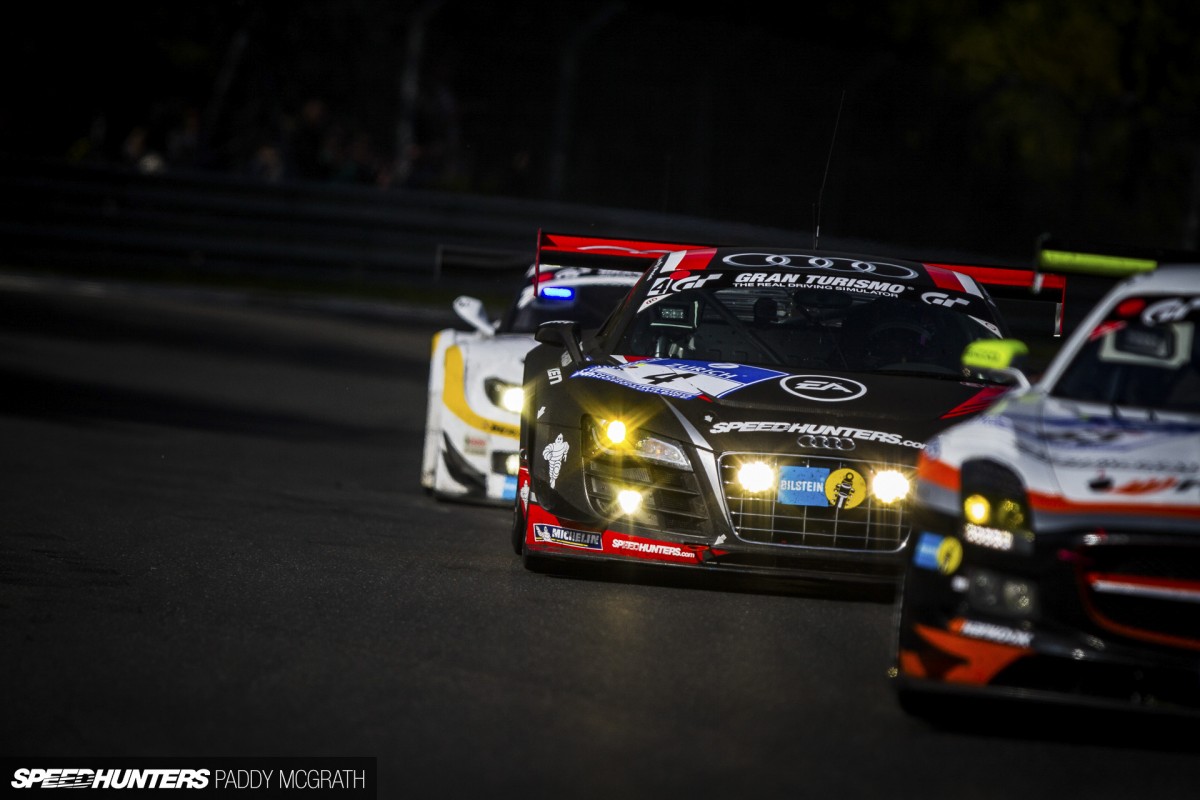
If you’re aiming to capture a particular car, you can use other competitors to hone your shot before its arrival. It’s a pretty handy way of making sure you get the shot you want in advance.

They say you should never tilt your camera but what do they know? You should try everything to capture the shot you want. This particular part of the Nürburgring is especially steep but when framed with a level horizon fails to capture the incline accurately. A slight tilt later and you can give the viewer a better appreciation of the situation faced by the drivers.
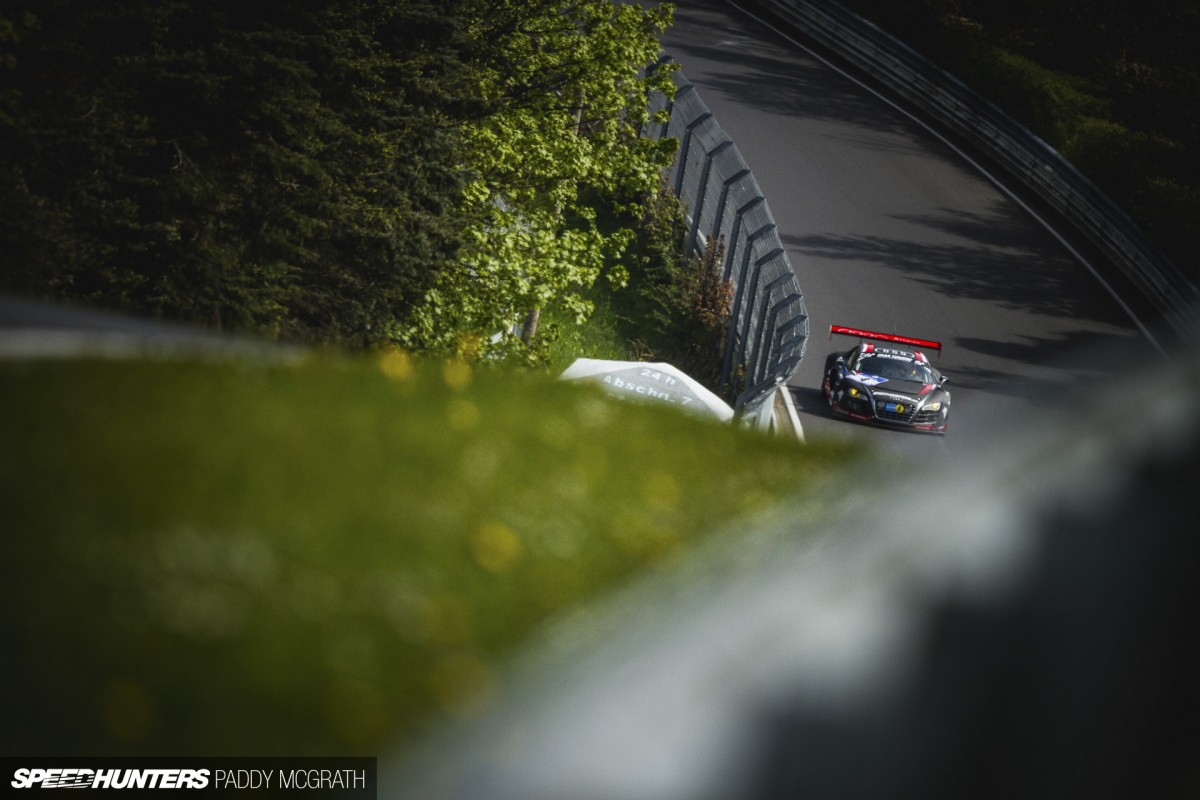
I don’t want to vary too far from the topic at hand because Larry can talk you through shooting motorsport in much more detail. However, if you find that you’re in a situation where you know precisely what you want but just can’t manage to get it, move. Seriously, know when a spot is either a) being overused by other photographers or b) isn’t worth shooting from. Just because you can get close to the action, doesn’t mean it’s a good spot. The above shot was taken from the spectator area after I had exhausted the uphill jump at Flugplatz. It remains one of my favourite photographs.
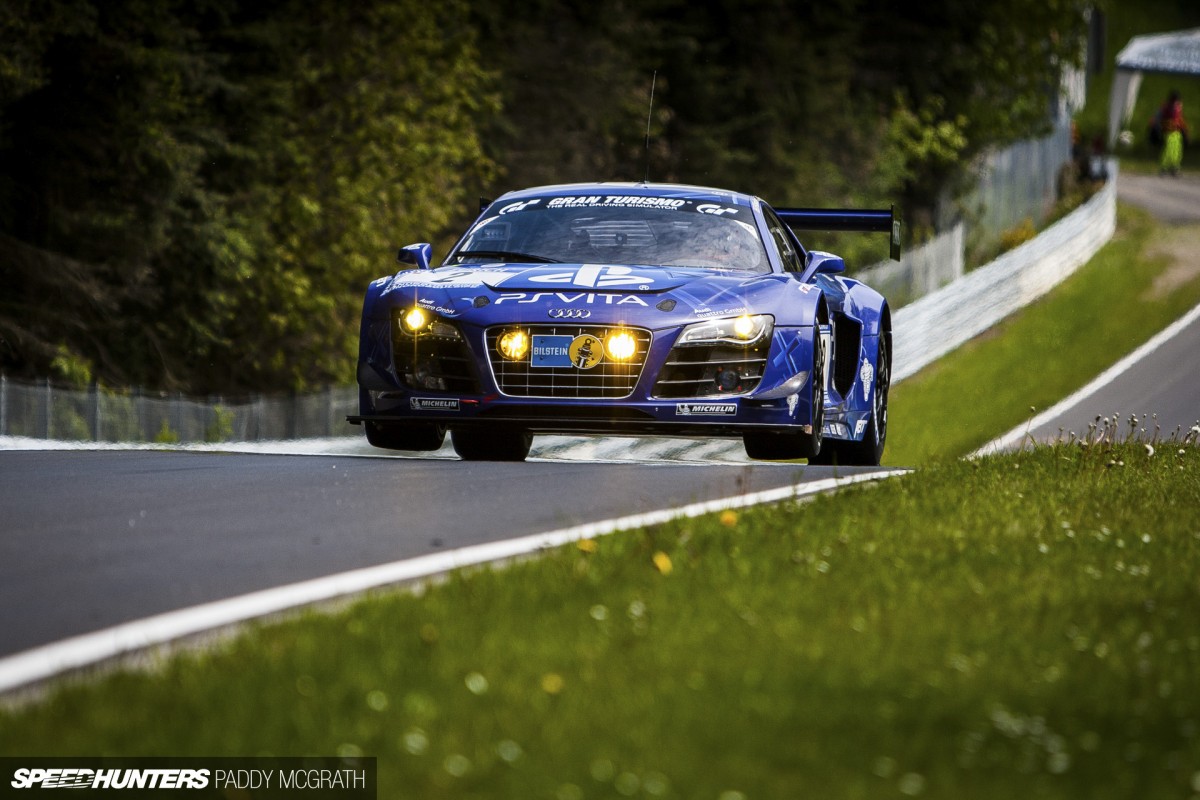
If you find yourself in a situation where you’re stuck in a small area, you should still try to utilise as much of the area as possible. The above is your pretty much standard Flugplatz jump shot. I see hundreds of these every year after the N24 and for good reason too – it’s a solid shot and it’s easy to get.
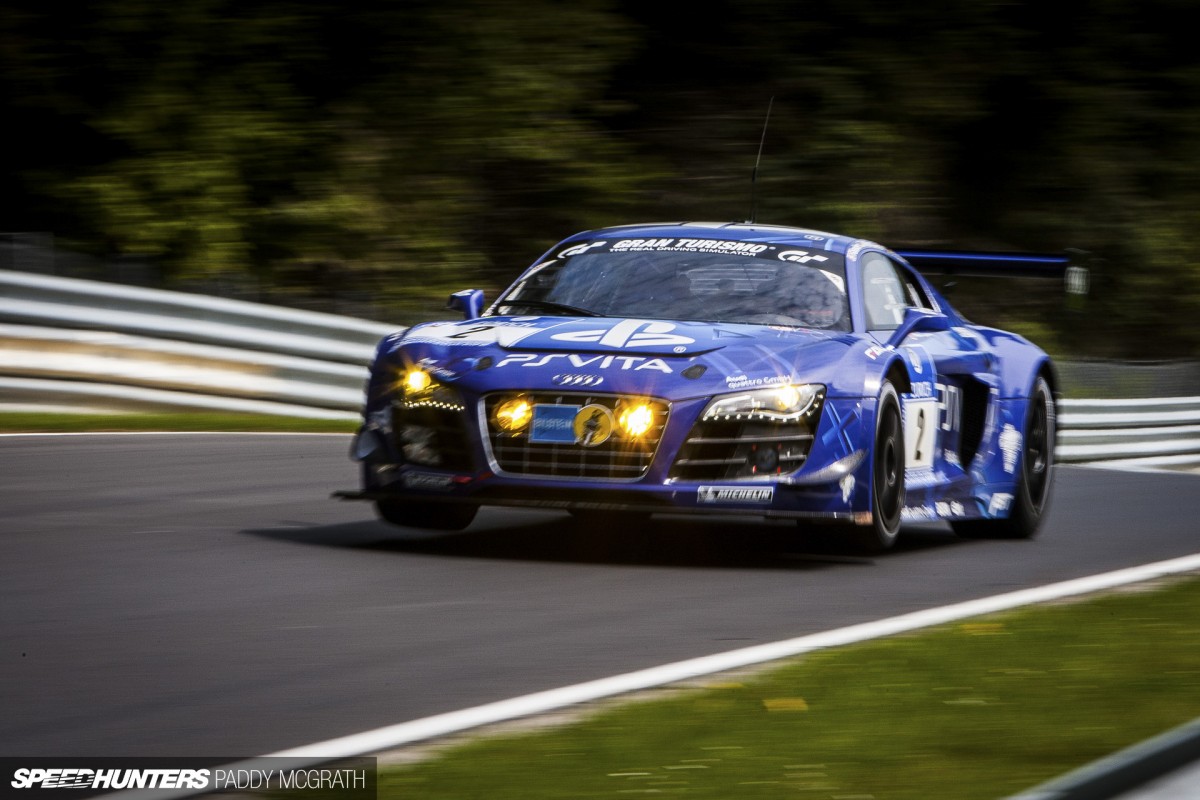
In an attempt to capture something a little bit different, I moved closer to the crest and dropped my shutter speed to something unsuitably slow for the given situation. The result, although not tack sharp, is something with a little bit more energy and better represents how explosive and fast this part of the course is. More importantly, it’s exactly what I wanted to capture beforehand. See it in your mind’s eye and then make it happen.
Beneath the skin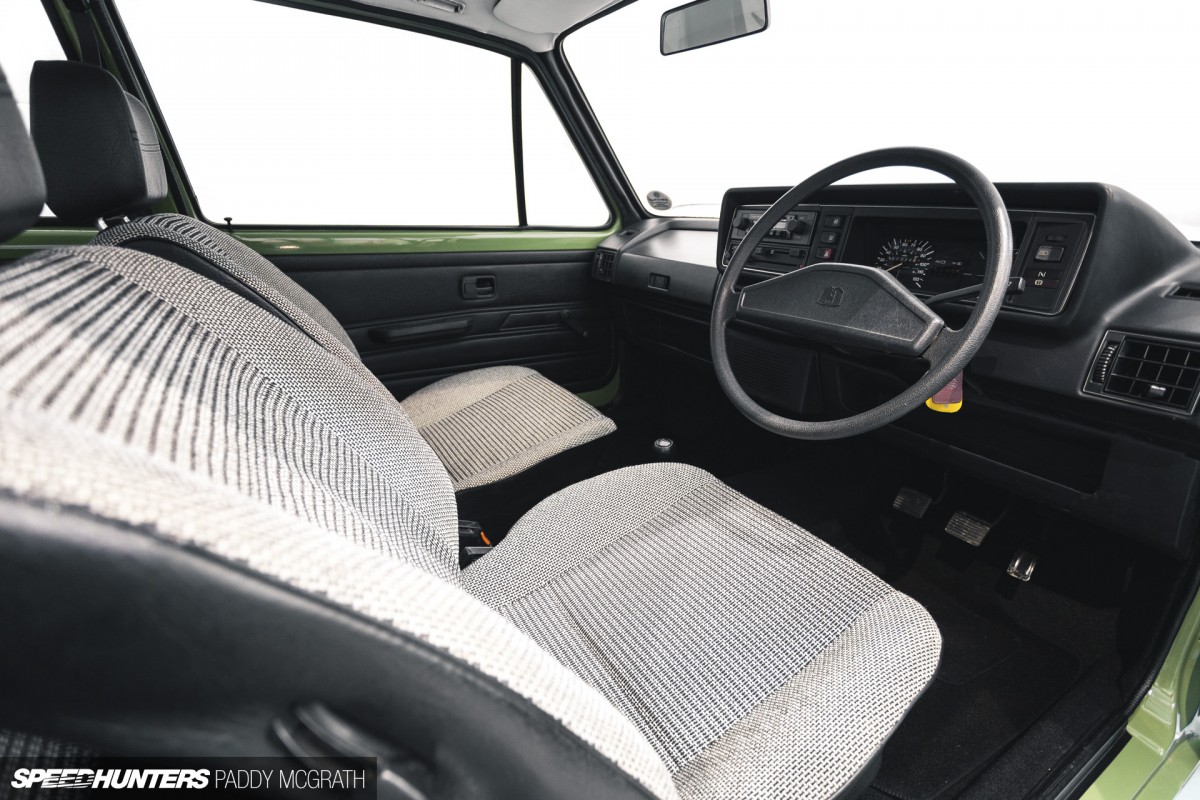
Previously in this post I wrote about working your location. Well, the same is true of more limited spaces like car interiors, engine bays, boot space etc. The difference here is that the slightest up/down/left/right movement will have a much bigger impact.
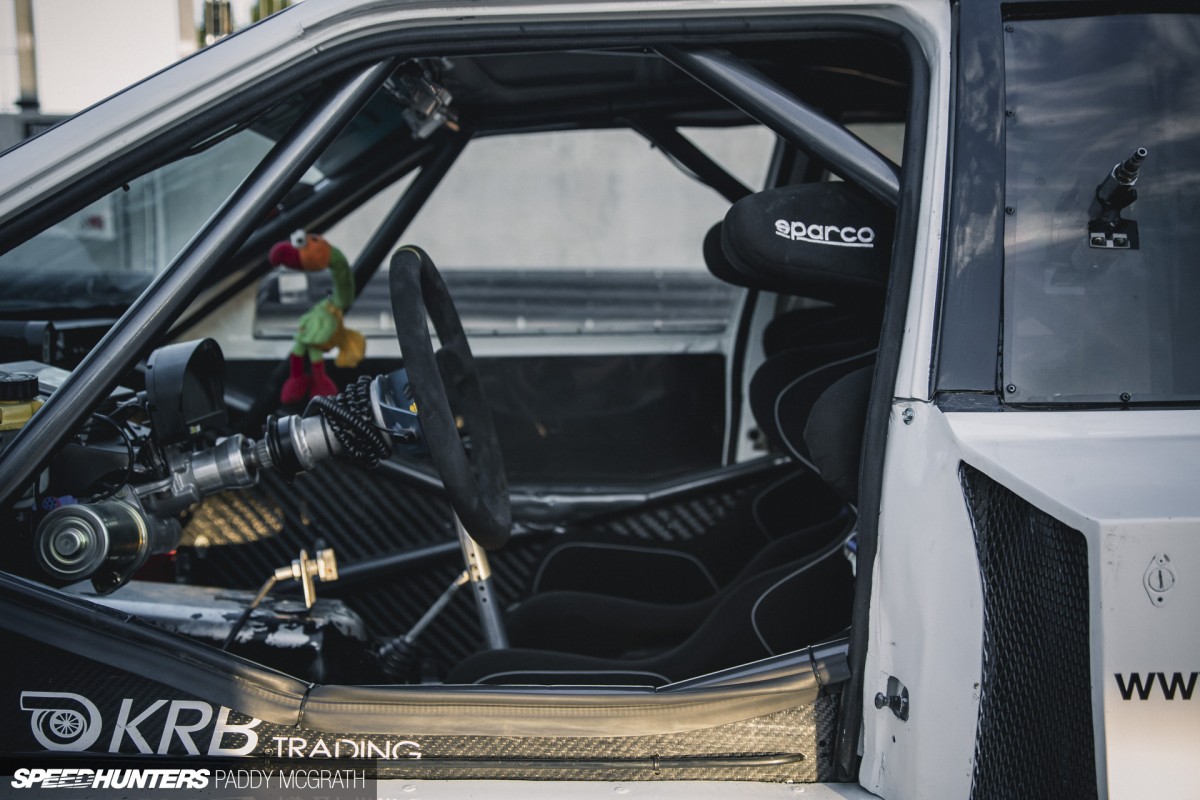
By moving about you can see if it’s best to shoot from the outside in…
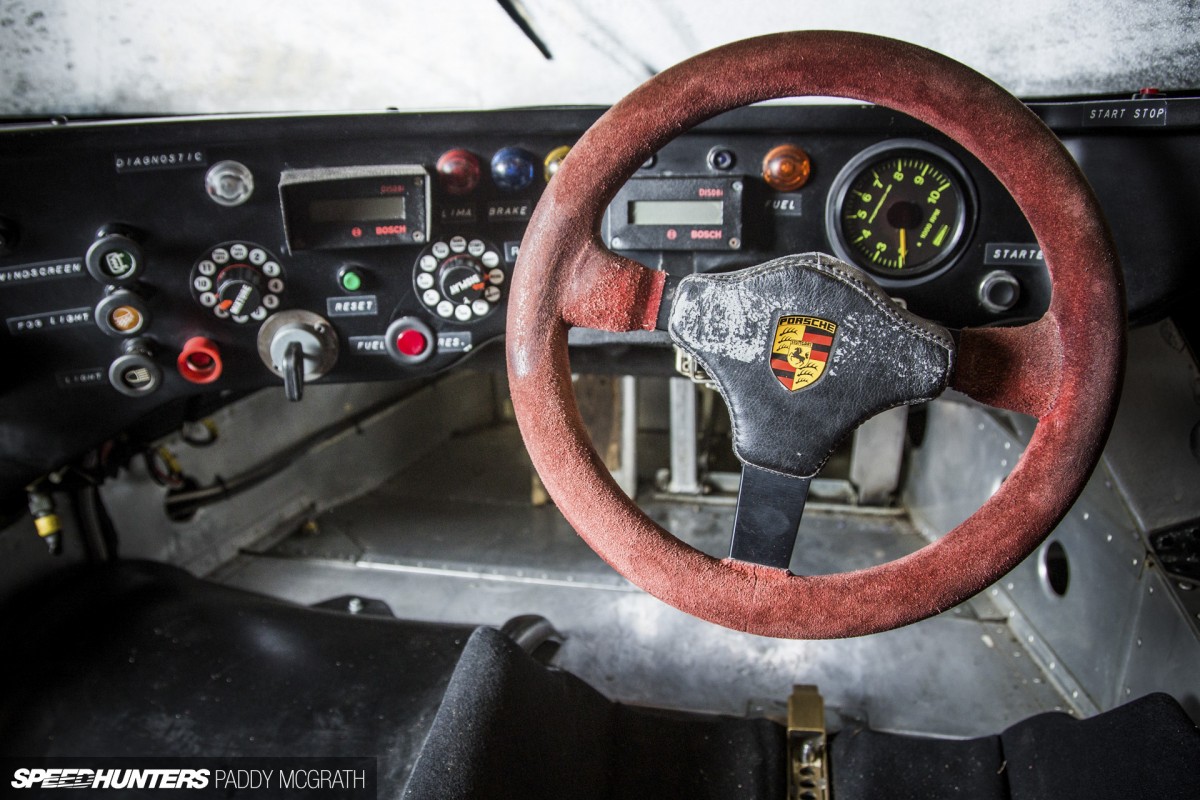
… or give a driver’s point of view from the inside.
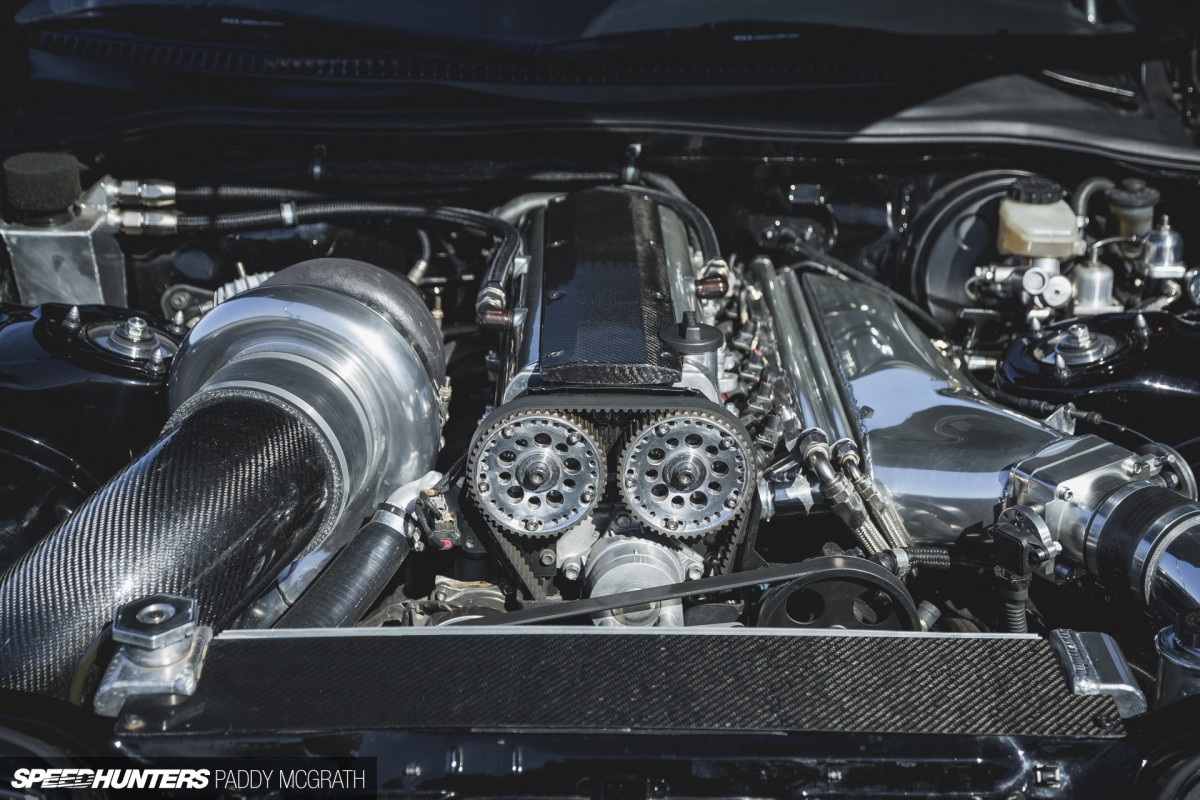
Essentially, the key to this guide is experimentation. Try everything and fear nothing.
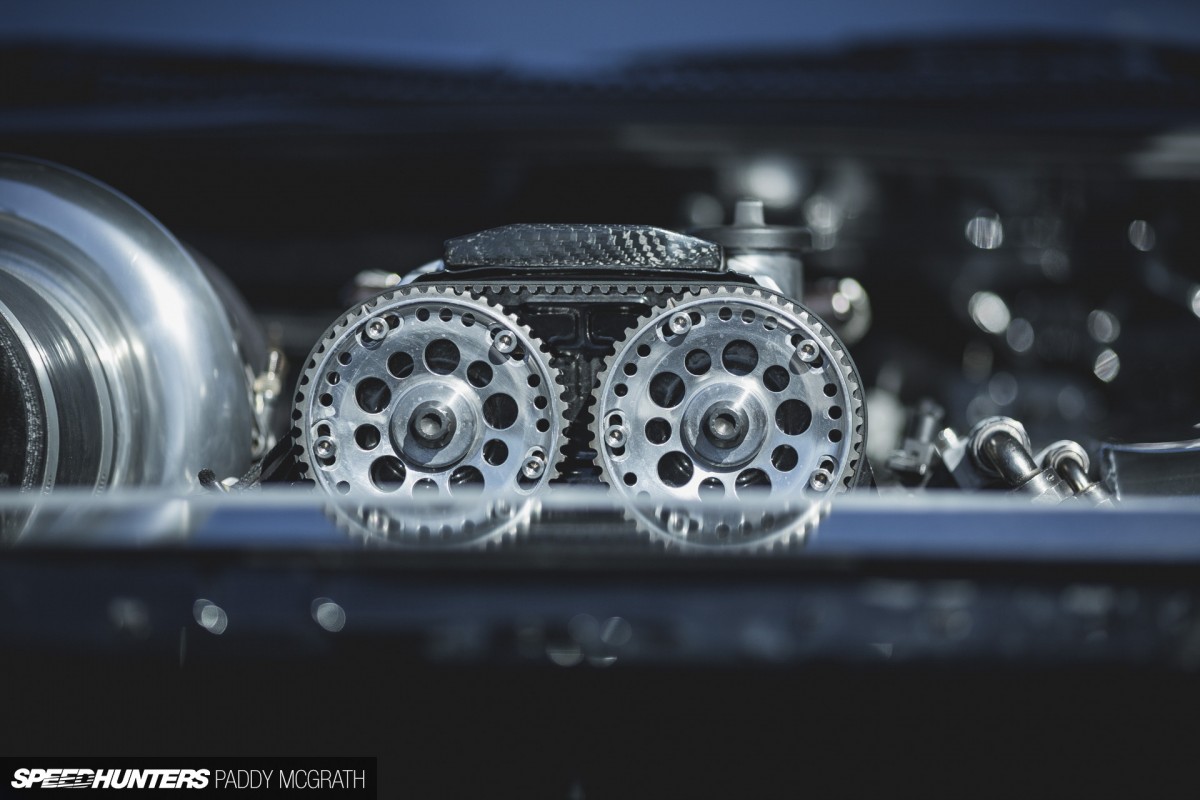
Stand up, lie down, shoot wide, shoot tight, wide depth of field, narrow depth of field, fast shutter, slow shutter. But most importantly, the key is to use your eyes. Put your camera down and take the time to look at what you’re shooting and where you are shooting it. Everything will then fall into place.






Great write up Paddy. I know what you mean with the Graphic Design background, as I was always that graphic designer with limited options. It's actually that because of that reason (and my love for automotive culture) I started taking photos myself. But I think not having a photography background helps with being creative, and straying away from those dry rules. It also helps that I read SpeedHunters daily. So thanks!
Hit the nail right on the head with the bit about amazing cars and
boring photographs. It seems a lot of "Professionals" don't have much
creativity. They just go by the rules of proper exposure and proper
framing and proper colors and don't try different ways and methods. It irks the hell out of me.
As for the graphic design bit, I feel that one too. Ever since reading #MaximumAttack, it taught me how to frame and layout pictures for books instead of just throwing them in pages.
This is an awesome guide Paddy. This is the kind of guides people need to read instead of blindly following photographic rules.
Excellent post and really inspiring! Thanks for all of the advice, Paddy!
Great article Paddy, very fun read and good advice given
I fully agree with the taking time to look thing, I always try and just talk to the owner, get the energy he feels for the car, what he loves, and really take the lines in and see what's starting to look good or bad, before evening thinking about getting the camera, lenses etc.
Great advice, stunning shots and packed with inspiration, I love these 'photography' orientated posts...
this is the aspect of photography i need to work on the most. i always find myself rushing through shows for example, although i do like to blame that on my friends telling me to hurry up! haha
I'm loving these photography based articles!
Not only are they helping me expand my skill-set when photographing cars, but they are equally as instructive in expanding my appreciation of vehicles both in form and function from new perspectives.
keep up the great work!
thanks a lot! will try...
DougJohnson One of my lecturers in college told me on pretty much day one that it's better to be a photographer with an extra skill, than just a photographer. I never realised how right he was.
gtuned I'm glad you found it helpful, I always worry that these things can come across as a bit preachy.
MartinBrandan You are more than welcome, thanks for reading.
Tyler Bame Thanks, glad you could take something from it.
MatthewDear I sometimes find that leaving the camera at home when attending a non-essential event or helping a friend shoot can really stir up your ideas and reignite your passion.
RossJukes Glad you're enjoying them Ross. Larry and I have plenty more planned...
envyxf250 I can definitely relate to that, used to always bum lifts to events when I was starting out.
@Industrial Designer It's good to see people are getting something from these. I think we said from the off that we don't consider these definitive guides, but rather something that you can add to your knowledge base.
koko san Best of luck!
will try out as much as possible when i leave the states next week. any quick tips on what to bring in my pack when going through the doors of Sema 2013? only think i'm sure about is my 18-35mm F/1.8
I will try my best at the rallycross tommorrow!
I love taking car photo's, but after borrowing my buddies camera for a drift event, learned i don't like lugging it around, guess my iphone will work for my needs.
BlackJacket You should try carrying three bodies and more lenses.
JoneKlemoOverland The bare essentials really, the most important part of a camera is the human bit holding it.
PaddyMcGrath BlackJacket Yah, that's not going to happen
I`m an amateur photographer, and my favourite thing to shoot are cars..

Now and then I like to set up some photo shoot for a friends car or try to get something to shoot from relatives..
But as rally is very popular where I am from, I mostly like to take photos of that.. For now I don`t have much of equipment, just my Nikon D7000, it`s kit lens 18-55 and 50mm prime..
But I try to work with what I have and usually I get pretty good results.. I totally agree with a lot on here..
Now and then I try to go to places where there are no people and no photographers.. I don`t want to take a photo that other 10 people will have identical one.. And this has worked a lot.. Also tilting the photo - from time to time it really can give affect to the picture making it fabulous..
One thing i`m happy about is, that walking around doesn`t bother me.. Rallysprint stages are long and if you don`t want to risk with getting rock to the head or something like that, you have to go through woods and get in places you usually wouldn`t want to get..
Because my lack of equipment I can`t really take photos of motorsports that I can`t get up close personal, but I`m looking forward to buy telephoto lens so I can expand to takigh photos rallycross, drift events and whatever comes up ..
PS. I personally would enjoy if the pictures had the EXIF data (as on flickr), so I could see with what kind of settings pictures have been taken.. I think that is a great way to learn, too.. At least with portraits and landscape photos it had halped me alot to see what ISO and what apparture have been used..
Great article, thanks
ChrisKutcher https://www.flickr.com/photos/paddymcgrath/